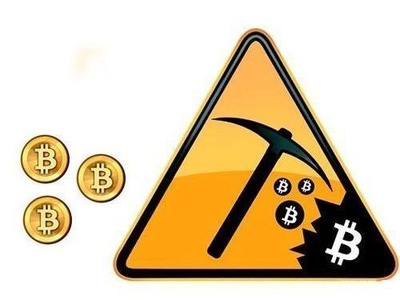Cutting Carbon Emissions in Crypto: Eco-Friendly Mining Strategies
In the rapidly evolving world of cryptocurrencies, where digital fortunes are mined from complex algorithms, a pressing shadow looms: the environmental toll of carbon emissions. Bitcoin, Ethereum, and even Dogecoin have revolutionized finance, yet their underlying processes often rely on energy-intensive mining rigs that guzzle electricity like thirsty beasts. As global awareness of climate change intensifies, the crypto industry stands at a crossroads, compelled to adopt eco-friendly mining strategies that harmonize innovation with planetary health. This article delves into transformative approaches, spotlighting how companies specializing in mining machines and hosting services can lead the charge toward a greener future.
At the heart of the issue lies Bitcoin (BTC), the pioneer of cryptocurrencies, whose proof-of-work mechanism demands immense computational power. Traditional BTC mining farms, sprawling operations packed with high-powered miners, have been notorious for their carbon footprint, often drawing from fossil fuel-based grids. Imagine vast warehouses humming with thousands of machines, each one a voracious consumer of energy. Yet, forward-thinking strategies are emerging, such as shifting to renewable sources like solar and wind power. By partnering with hosting providers that utilize green energy, miners can drastically cut emissions without sacrificing hash rates. This not only aligns with global sustainability goals but also enhances the appeal of BTC as a responsible investment, attracting eco-conscious investors who once shunned the sector for its environmental impact.

Transitioning to Ethereum (ETH), the platform has made headlines with its ambitious move to proof-of-stake, a mechanism that promises to slash energy use by up to 99%. Unlike BTC’s energy-hungry model, ETH’s evolution underscores the potential for cryptocurrencies to adapt and thrive sustainably. Mining machine manufacturers now offer specialized rigs optimized for these newer protocols, featuring advanced cooling systems and energy-efficient chips that minimize waste. Hosting services play a pivotal role here, providing secure, off-site facilities where these machines operate on clean energy grids. Picture a world where ETH transactions not only facilitate decentralized finance but do so with the whisper of a breeze rather than the roar of a power plant, making the ecosystem more accessible and less burdensome on the planet.
Even lighter coins like Dogecoin (DOG), born from internet memes and community spirit, face scrutiny for their mining demands. While DOG’s algorithm is less intensive than BTC’s, the sheer volume of enthusiast-driven mining can still contribute to emissions. Eco-friendly strategies involve deploying efficient miners that balance performance with power consumption, perhaps hosted in facilities powered by hydroelectric dams or geothermal sources. This burst of innovation isn’t just about reducing carbon; it’s about fostering a diverse crypto landscape where every currency, from DOG to ETH, operates with minimal ecological harm. Companies selling these advanced mining rigs are at the forefront, offering customizable options that cater to both novice hobbyists and large-scale operations.
Mining farms, those colossal hubs of activity, represent both the challenge and the opportunity in curbing emissions. These facilities, often housing rows upon rows of synchronized miners, can be transformed into models of efficiency through strategic hosting. By locating farms in regions with abundant renewable energy, such as Iceland’s volcanic landscapes or China’s solar-rich deserts, operators can host machines that run on virtually carbon-free power. The unpredictability of energy markets adds a layer of complexity, yet it also drives creativity—imagine farms that switch dynamically between solar during the day and wind at night, ensuring uninterrupted mining while keeping emissions low. This rhythmic dance of technology and nature not only sustains profitability but elevates the entire industry.
Delving deeper into the tools of the trade, miners and mining rigs are undergoing a renaissance of design. Modern miners, compact and intelligent devices sold by forward-looking companies, incorporate AI-driven optimizations that predict and adjust energy use in real-time. A single mining rig, once a bulky energy hog, can now be engineered for precision, using components that recycle heat or integrate with smart grids. Hosting these rigs in eco-certified facilities further amplifies benefits, allowing users to focus on yields while experts handle the green logistics. The infectious enthusiasm for such advancements is palpable, as it paints a vivid picture of a crypto world where every hash computed contributes to, rather than detracts from, global well-being.

In conclusion, the path to cutting carbon emissions in crypto mining is not a distant dream but a tangible reality woven through eco-friendly strategies. From harnessing renewables for BTC and ETH to rethinking the infrastructure of mining farms and rigs, the industry is pivoting toward sustainability. Companies that sell and host mining machines are uniquely positioned to drive this change, offering solutions that blend cutting-edge technology with environmental stewardship. As we embrace these innovations, the crypto realm—encompassing Bitcoin, Dogecoin, and beyond—can evolve into a force for good, proving that financial revolution and ecological responsibility can coexist in harmonious rhythm. The future beckons: let’s mine not just for wealth, but for a healthier planet.